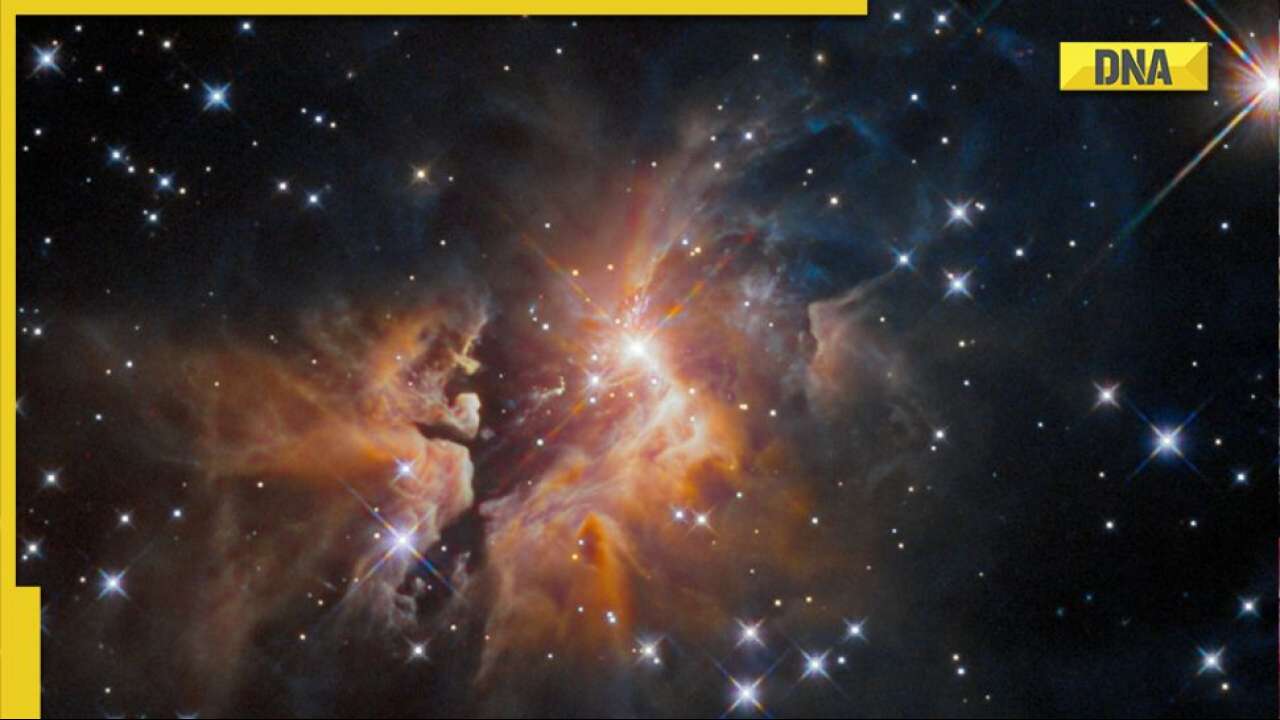
The NASA/ESA Hubble Space Telescope captured this picture of a young, brilliant star enveloped in a cloud of gas and dust. With the aid of Hubble's Wide Field Camera 3, researchers were able to examine a newborn stellar object almost 9000 light years distant in the constellation Taurus to learn more about the birth of huge stars.
Also, READ: Have you heard sound of rocks falling on Mars? Watch this NASA video
This NASA/ESA @HUBBLE_space Telescope image shows an object — known to astronomers as IRAS 05506+2414 — which is thought to be an example of an explosive event caused by the disruption of a massive young star system https://t.co/KHHLaHpMia pic.twitter.com/iaY2xd64tb — ESA (@esa) September 19, 2022
Astronomers believe this item, designated IRAS 05506+2414, is evidence of an explosive event triggered by the collision of two young, massive stars. If that's the case, we'd have only seen one other instance like it before.
Typically, a young star's twin outflows of gas and dust are channelled from the discs of material that orbit the star. However, in IRAS 05506+2414, a fan-shaped shower of material is expanding outward from the centre of the picture at speeds of up to 350 kilometres per second.
To determine how far away IRAS 05506+2414 is, astronomers used Hubble's Wide Field Camera 3. Acceleration of material moving away from the star can be measured, but the star's distance from Earth cannot.
However, the distance to IRAS 05506+2414 may be inferred by monitoring the outflow's motion from one photograph to the next. This will give astronomers a better idea of the star's luminosity and energy output, and therefore enable them to get a better estimate of the star's mass, which is crucial for unravelling the mystery of the source of this brilliant young star's peculiar outflow.